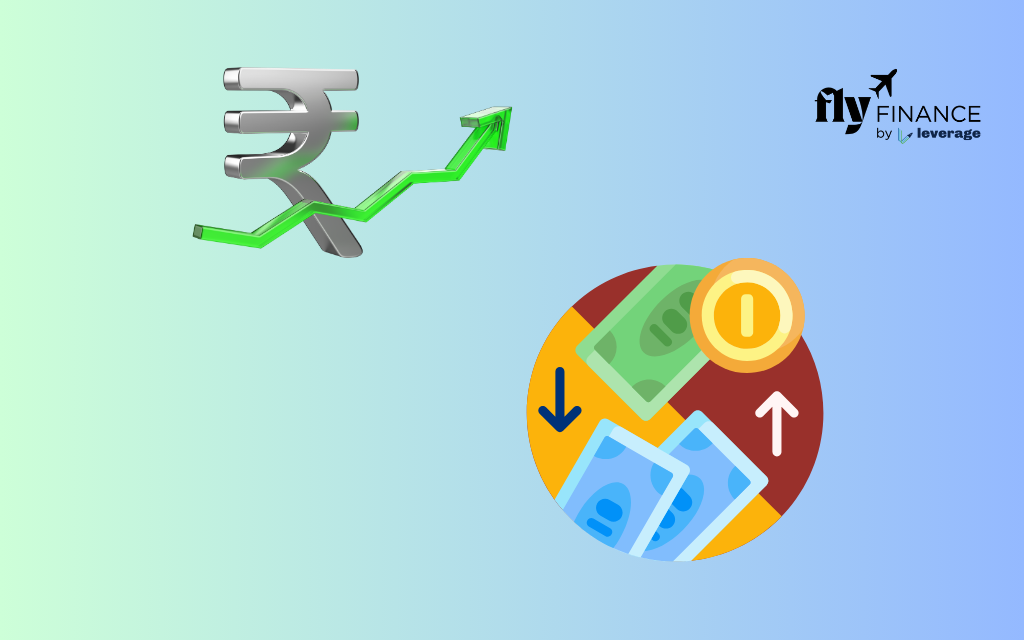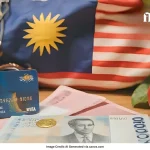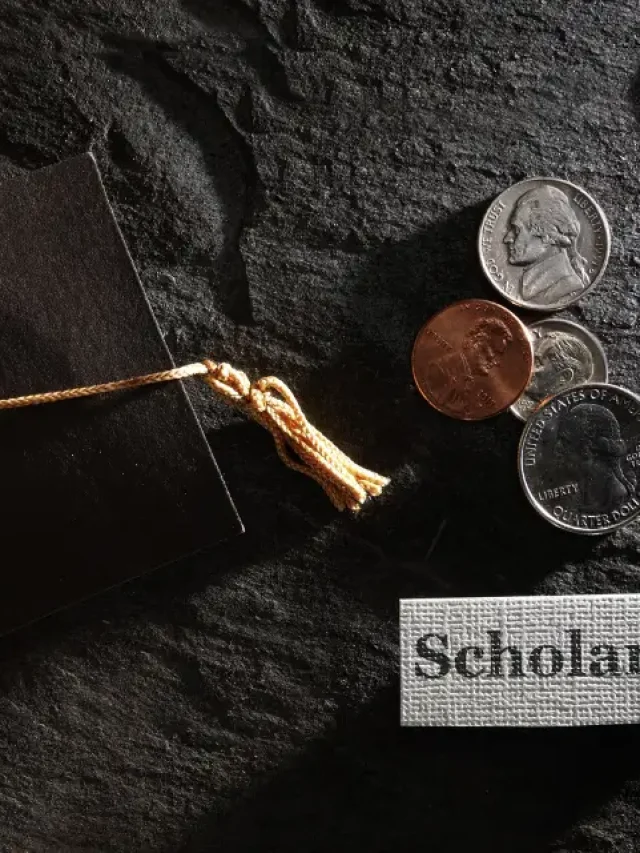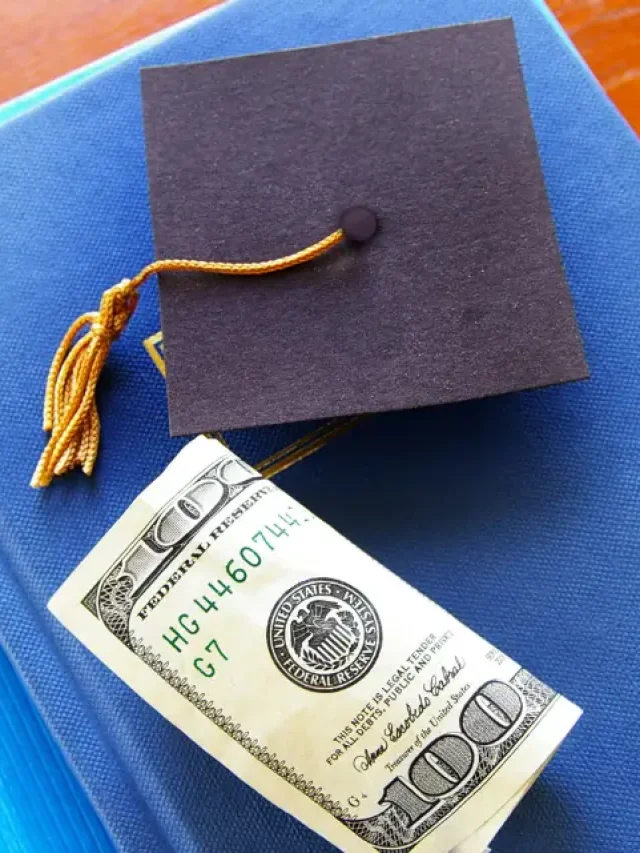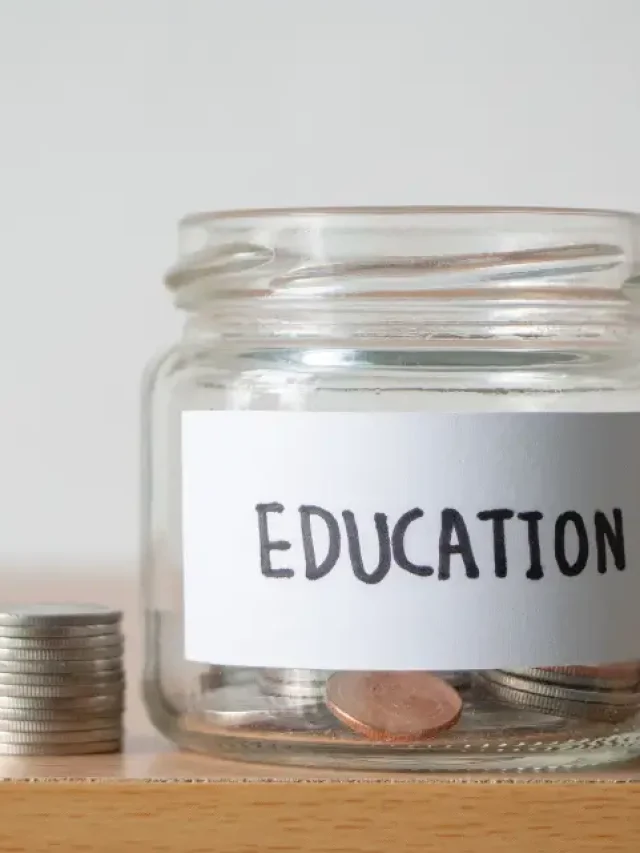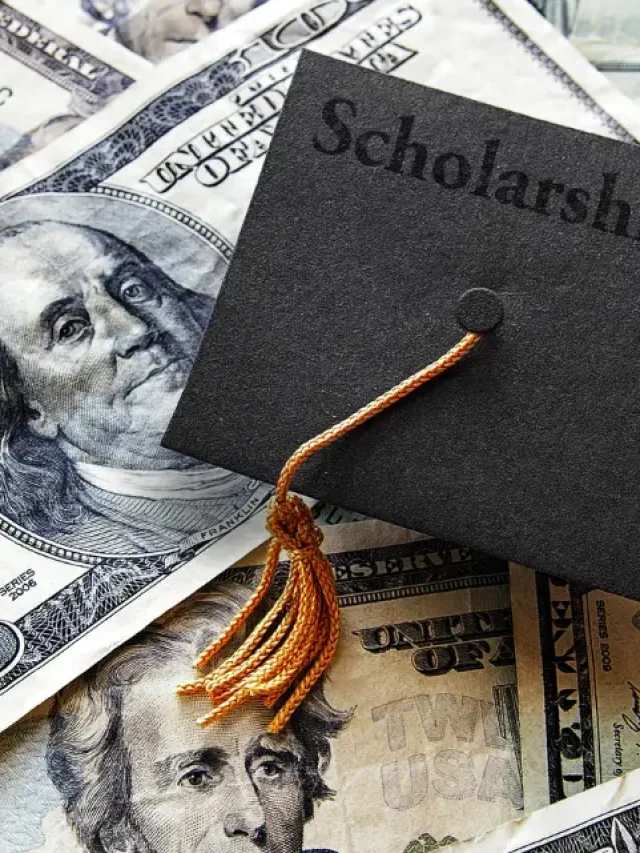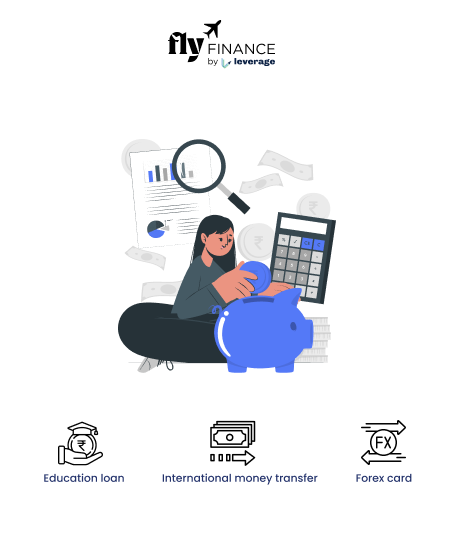Currency exchange rates are determined based on factors like inflation, public debt, political stability, current account deficit etc. Besides these factors, market demand and supply is a major factor that affects the currency exchange rates. As demand rises, producers increase their supply, affecting the price of any product or service in the economy. This means that if Indians want more US Dollars, then the supply-demand relationship will increase the price of the US Dollar at the set price.
Table of contents
Also Read: If you are coming back to India after your International travel and left with foreign currency, then check this blog on How to Exchange Foreign Currency to Indian Rupee?
Calculating Currency Exchange Rates
To calculate the currency exchange rates, we need to understand the two components- base currency and the counter/ quote currency. The base currency is the first currency in a pair, and the quote currency is the second. They are placed together to be compared against one another and to understand how much of the quote currency is required to buy one unit of base currency.
Example- USD/ INR= 83.12. Here, USD is the base currency and INR is the quote currency. This means to buy 1 USD, INR 83.12 is required. Let’s understand the calculation of currency exchange through two scenarios.
Scenario 1: When the exchange rate is known.
Suppose the value of 1 USD is INR 83.12. Now, if Ramesh wants to exchange USD/INR, he would perform the following calculation by dividing the current currency by the exchange rate.
If he wants to convert 100 USD into INR, he needs to multiply 100 by the exchange rate (83.3). The result would be 8,312 INR. Conversely, if he wants to convert 10,000 INR to USD, he would multiply it by the reciprocal of the exchange rate (1/83.3), and the outcome would be 120.31 USD.
Scenario 2: When the exchange rate is unknown.
You can determine it using this currency conversion formula:
Original Currency Amount / New Currency Amount = Exchange Rate
For instance, if you exchange 100 USD for 8312 INR, applying the formula yields an exchange rate of 0.012. This means for 1 INR you’ll get 0.012 USD.
Types of Currency Exchange Rates
There are two different types of currency exchange rates- fixed exchange rates and floating exchange rates. As the name suggests, a fixed exchange rate is an official exchange rate set by the government of the country and a floating exchange rate keeps on changing, which are also known as flexible exchange rates. Let’s know more about them in detail.
Flexible exchange rates
These exchange rates are determined by the demand and supply of currencies in a country. In such exchange rates, if a currency demand is less, the exchange rates will be lower and vice versa. The government or the central bank doesn’t intervene to keep the exchange rates fixed or regulated. Instead, the forex market regulates the currency exchange rates.
Fixed exchange rates
The country’s government sets and maintains the exchange rate which results in an official exchange rate. Fixed exchange rates are set against the international US Dollar. The central bank of the country determines the fixed exchange rate by buying and selling in the forex market in return for the currency it is compared against.
Also Read: Learn all about making informed financial decisions by checking our blog on Navigating Currency Exchange Risks: What Every Study Abroad Student Should Know
Factors Determining the Calculation of Currency Exchange Rates
Factors like inflation, public debt, political stability, current account deficit, and interest rates affect the currency exchange rates. This is why the exchange rates keep on changing. Let’s understand some important factors-
Interest Rates
When inflation rises in the country, goods and services become costlier. To tackle the situation, the Reserve Bank of India (RBI) increases the interest rates by increasing the reverse repo rates. In such a situation, the commercial banks are obliged to keep more funds with the RBI and extend fewer funds to the borrowers at higher interest rates. Thus, when the interest rates go up, its currency becomes more valuable. It’s like getting a better deal and investors consider such a scenario favourable to them. Thus, they start spending more in that country, making the exchange rates go up.
Note: The reverse repo rate is the interest rate provided to commercial banks by the Reserve Bank of India when the RBI borrows any amount of money from the commercial banks.
On the flip side, if interest rates drop (as in when intervened by the RBI), the currency becomes less valuable. People might not be as interested in it and investors consider withdrawing their money too, so the exchange rate goes down.
Money Supply
If a country has a lot of cash floating around (increased money supply), it means that consumers have more money in their hands. This makes them wealthier and leads to more spending resulting in loss in the value of money. Thus, the country’s currency depreciates in the long run affecting the currency exchange rates. In such a scenario, you get less of currency in return when exchanging it.
Financial Stability
If a country’s economy is strong, more people want to buy its stuff, and more money from other countries flows in. This boosts the local currency’s value.
But if there’s trouble, like economic problems or political issues, investors get worried. They might move their money to more stable places, affecting the exchange rate.
FAQs on How Currency Exchange Rates are Calculated
The basic formula is: Amount in Base Currency × Exchange Rate = Amount in Quote Currency. This helps determine the equivalent value of one currency in another.
Currency exchange rates are determined based on factors like inflation, public debt, political stability, current account deficit, and interest rates. Besides these, market demand and supply is a major factor that affects the currency exchange rates.
Factors like inflation, interest rates, money supply, and financial stability in the country affect the currency exchange rates. This is why the exchange rates keep on changing.
There are two different types of currency exchange rates- fixed exchange rates and floating exchange rates. A fixed exchange rate is an official exchange rate set by the government of the country and a floating exchange rate keeps on changing, which are also known as flexible exchange rates.
To convert, multiply the amount of the base currency by the exchange rate. For example, to convert 100 USD at an exchange rate of 0.85 EUR/USD, you get 85 EUR.
The bid price is what a buyer will pay for a currency, while the ask price is what a seller will accept. The difference between them is known as the bid-ask spread.
The effective exchange rate considers a basket of currencies rather than just one pair. It reflects the overall strength of a currency against multiple foreign currencies.
Current exchange rates are crucial for accurate conversions as they fluctuate frequently due to market conditions. Using outdated rates can lead to financial losses.
Central banks influence exchange rates through monetary policy and interventions in the foreign exchange market. They may adjust interest rates or directly buy/sell currencies.
This was all about how to calculate the currency exchange rates. To learn more about education loans, the best bank accounts for students, forex, banking experience for global students, or international money transfers, reach out to our experts at 1800572126 to help ease your experience with studying abroad.
Related Blogs
Follow Us on Social Media

